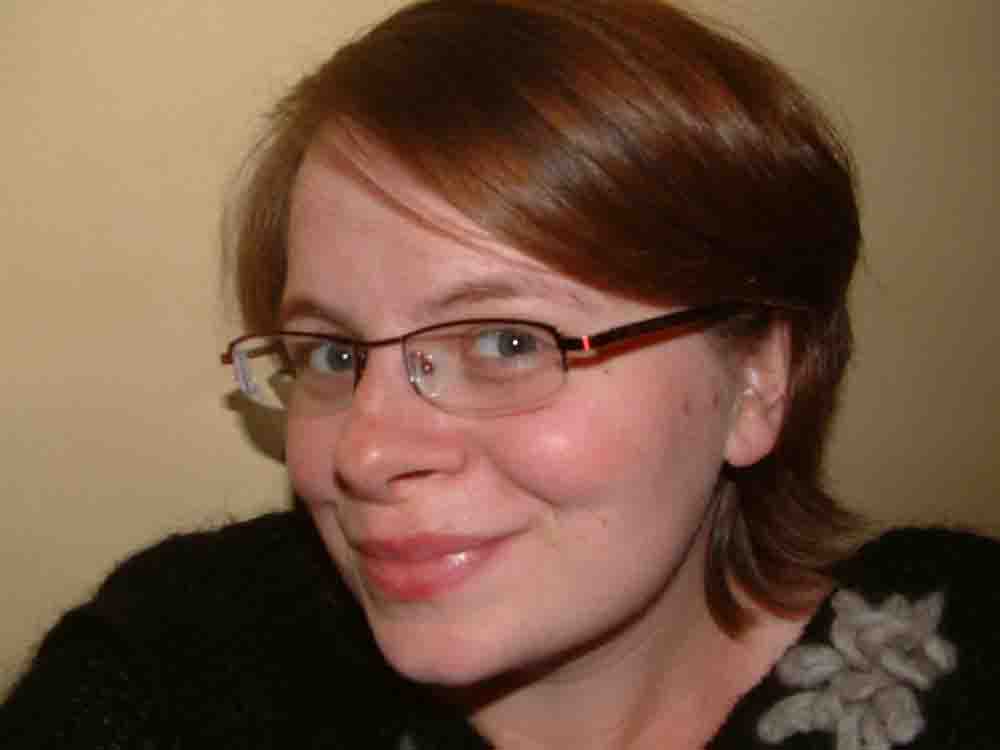I have been following a fellow blogger, Matt Flannery, for sometime now on
Social Edge, an online forum for social entrepreneurs (for more about Social Edge, see my interview with Victor D’Allant). Some when in town I popped over to meet Matt in person.
Matt’s blog is an insiders guide to setting up a social venture. He should know; he has been doing it for the last two years. The result has been
Kiva.org, an online peer to peer micro finance lending platform. Sound complex? Well it’s not. The idea is rather straightforward really. I’ll give an example.
Take, let’s say, John, a 25 year old man in Kampala, Uganda who is setting up a bike repair business. John has a wife and family, has the usual bills to pay, and is also supporting his younger brother’s education. He can’t do that until he can get his bike business off the ground, and in order to do that he needs a loan. So he goes to a micro-finance institution (small loan bank) to ask for the money.
Pause there and meet Joan.
Joan lives in Dublin, a 30 year old school teacher. She has never visited Uganda, but has been following the news and is interested in getting more involved with development issues; but she a bit at a quandary how. She has given money to larger charities before, but would like to know more about where her donation exactly goes.
Basically, Kiva help to make some introductions. John meet Joan, Joan meet John.
Joan reads about John’s business online and decides to directly invest with him. The loan is made via the Kiva website, to John’s local micro-finance institution and then on to John. When John pays back the loan, Joan can track it online, and John can add some photos and stories.
John and Joan introduced. John’s business off the ground. Joan eventually paid back. And this year, it will be with interest.
That’s Kiva in a nutshell. It was Matt and his ‘amazing wife’ (his words- ahh) Jessica who got it off the ground, have rallied the support and continue to build the website along with a growing team in San Francisco. Other unrelated but fortuitous events have helped to speed Kiva’s growth, including Muhammad Yunnas winning the Nobel Prize for building the micro-finance field with Grameen Bank.
Other than that, it’s a lot of hard work, a lot of commitment, and a lot of introductions, oh, and broadband is a bonus.
To follow more on the Kiva story click
here, and to make a loan, click
here. There are lots and Joans and Johns to meet, and many more business’ to follow.
Labels: banks, blogger, Kiva, lending, loans, Microfinance, microlending, P2P, peertopeer, Social Entrepreneur






























